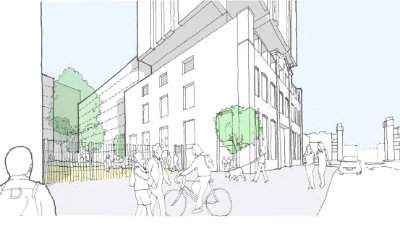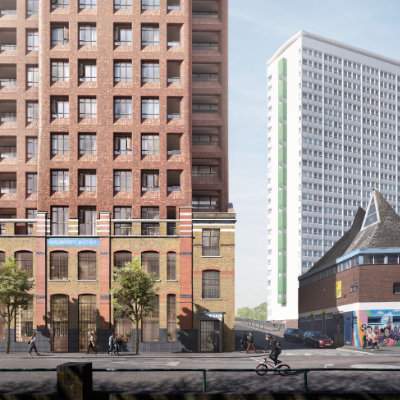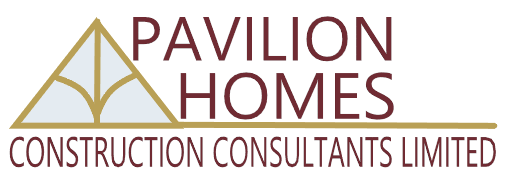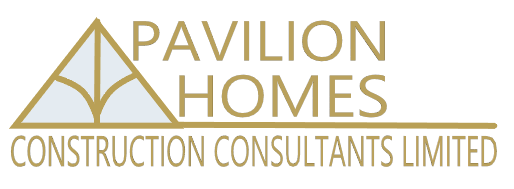Managing the design process
Development management
Excellence in design will not be achieved just by applying a set of design standards. The quality of the end result will depend on two other factors: the strength of the client’s design management process and the quality of the project team.
A good development proposal requires a skilled design team, capable of understanding the demands of the brief and the complexities and opportunities of the site. A skilful design team will help to optimise designs, maximise value and provide higher quality than a less able team. All design teams will perform much better if they are actively managed and led by the client, rather than left to their own devices.


Projects where the decision-maker consist of a group of people can be successful, whereas schemes managed by committee are rarely successful. Projects managed by a client design leader in consultation with stakeholders are often successful.
The client’s role in managing the design process is to set out the parameters and requirements of the project, to create a clear framework for the work of the project team, to establish and manage the project timescales, and to make decisions.
The client will need to decide whether to appoint a design team leader, or whether they will themselves carefully manage the scope of each member of the design team, to ensure that there are no gaps or duplications. The resourcing and decision-making structure of the client design management process requires careful consideration.
Effective design management relies on the client successfully fulfilling the following key roles:


- Assessing the project carefully to determine what can be accomplished.
- Writing a clear and thought-through brief.
- Selecting an appropriate design team.
- Fully briefing the design team.
- Encouraging and allowing time for the design team to think carefully before proposing designs and continuing the development of the scheme.
- Establish that the management of the building when complete is considered during the design process.
- Working with all stakeholders.
- Ensuring that decisions are made in sequence and in a timely manner.
- Freezing design decisions at key stages.
- Managing the Financial Viability throughout the process up to Permission for Development.


